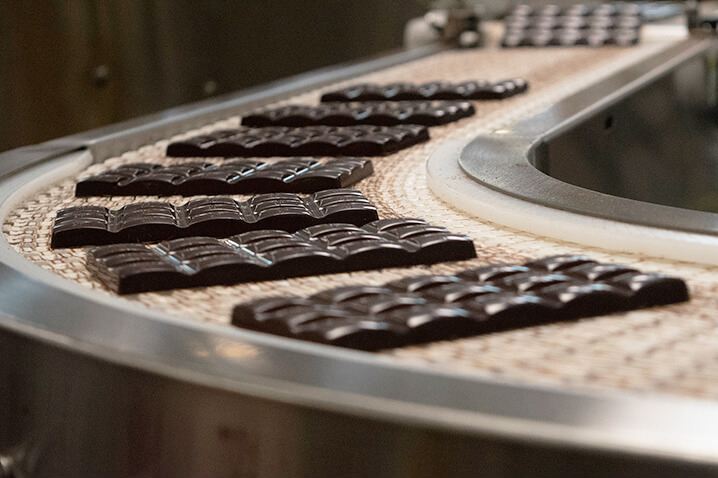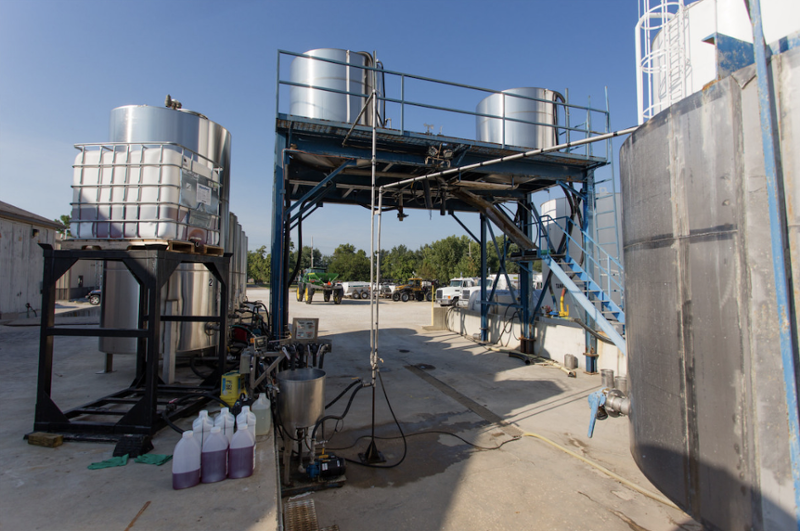
The Endangered Species Chocolate factory in Indianapolis is where the fair trade chocolate is crafted into the company's signature bars. They mix in the desired ingredients, re-temper the chocolate and mold it into bars. (Courtesy of Endangered Species Chocolate )
“The recipe is unique to what desired melt we want, what desired mouthfeel we’re looking for and the ratio of those ingredients is going to dictate that”
--Whitney Bembenick, Director of Innovation at Endangered Species Chocolate Company
This week, with an eye towards Valentine’s Day, we visit a chocolate factory and learn how the fruit of the cacao tree is transformed into a silky bar of chocolate.
And not just any chocolate--Fair Trade chocolate.
We also speak with Hans Theyer, the CEO of Fairtrade America about what it means to be Fairtrade Certified.
--
Hans Theyer is the former CEO of Fairtrade America,* a wing of Fairtrade International. Fairtrade International is one of several certification bodies working to bring fair treatment for farmers and producers, minimum prices for commodities, environmental and conservation guidelines for growers among other restrictions and guidelines. Find out more here about the specifics of the organizations implementing fair trade practices in various industries.
Whitney Bembenick is the Director of Innovation at Endangered Species Chocolate Company in Indianapolis, Indiana. Endangered Species works with Fairtrade America to source the cacao, vanilla and sugar for their chocolate bars. In addition to sourcing Fairtrade ingredients, Endangered Species also gives 10% of its net profits to conservation organizations such as Rainforest Trust and The Dian Fossey Gorilla Fund International. The company is moving towards a goal of giving one million dollars annually to chosen partner organizations.
For more on Fair Trade and Direct Trade chocolate, listen to our story of a Bean-to-Bar chocolate company in the midwest.
---
The Earth Eats theme music is composed by Erin Tobey and performed by Erin and Matt Tobey.
*When this interview first aired a year ago, Hans Theyer was the CEO of Fairtrade America. The current Chief Operating Officer is Bryan Lew.
Stories On This Episode
Groups Warn Fertilizer Pollution Lacks Regulation

Watchdogs and researchers say growing air and water pollution from fertilizer runoff, which causes greenhouse gas emissions and toxic algae blooms, lacks regulation and needs creative solutions.












